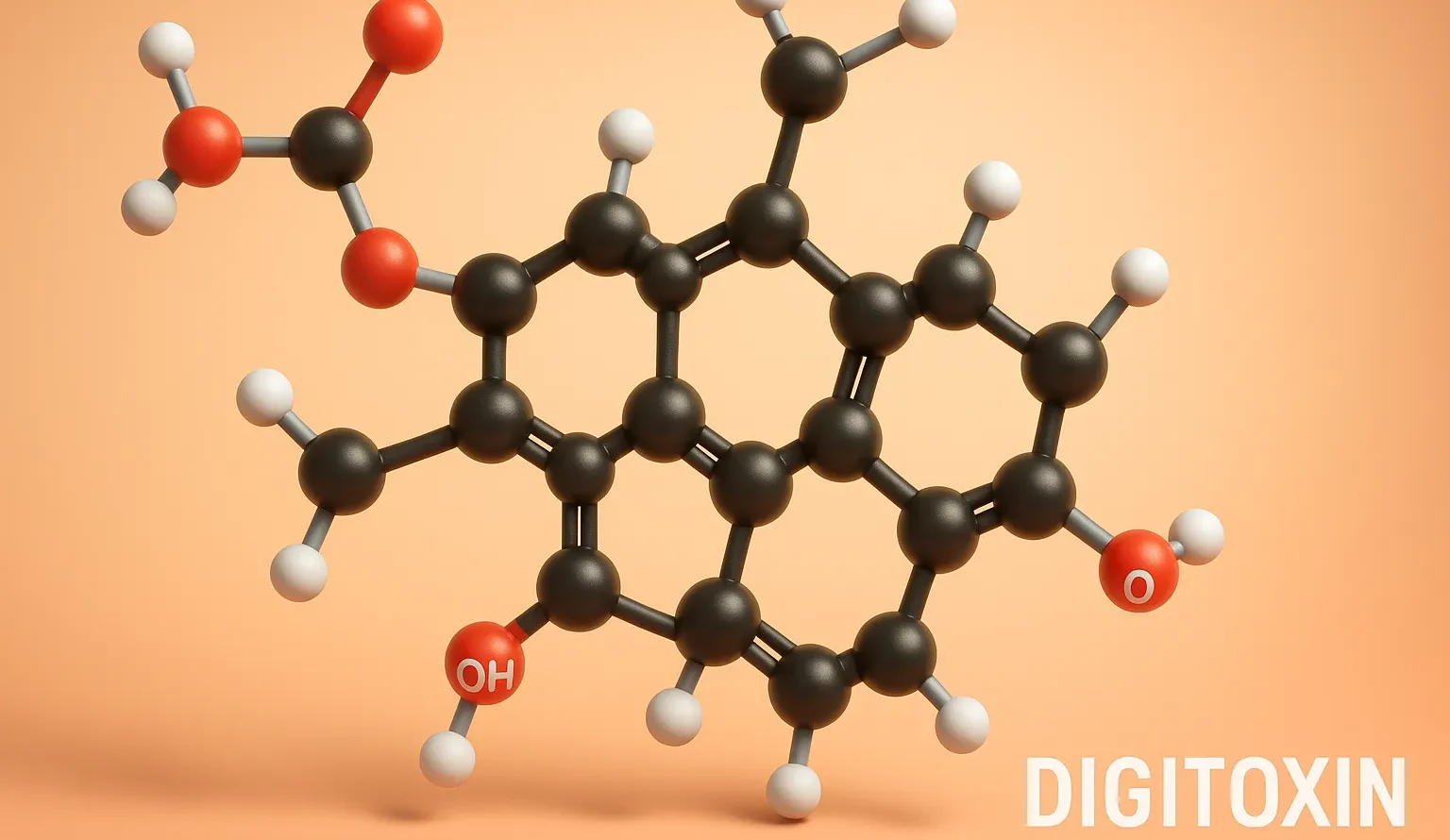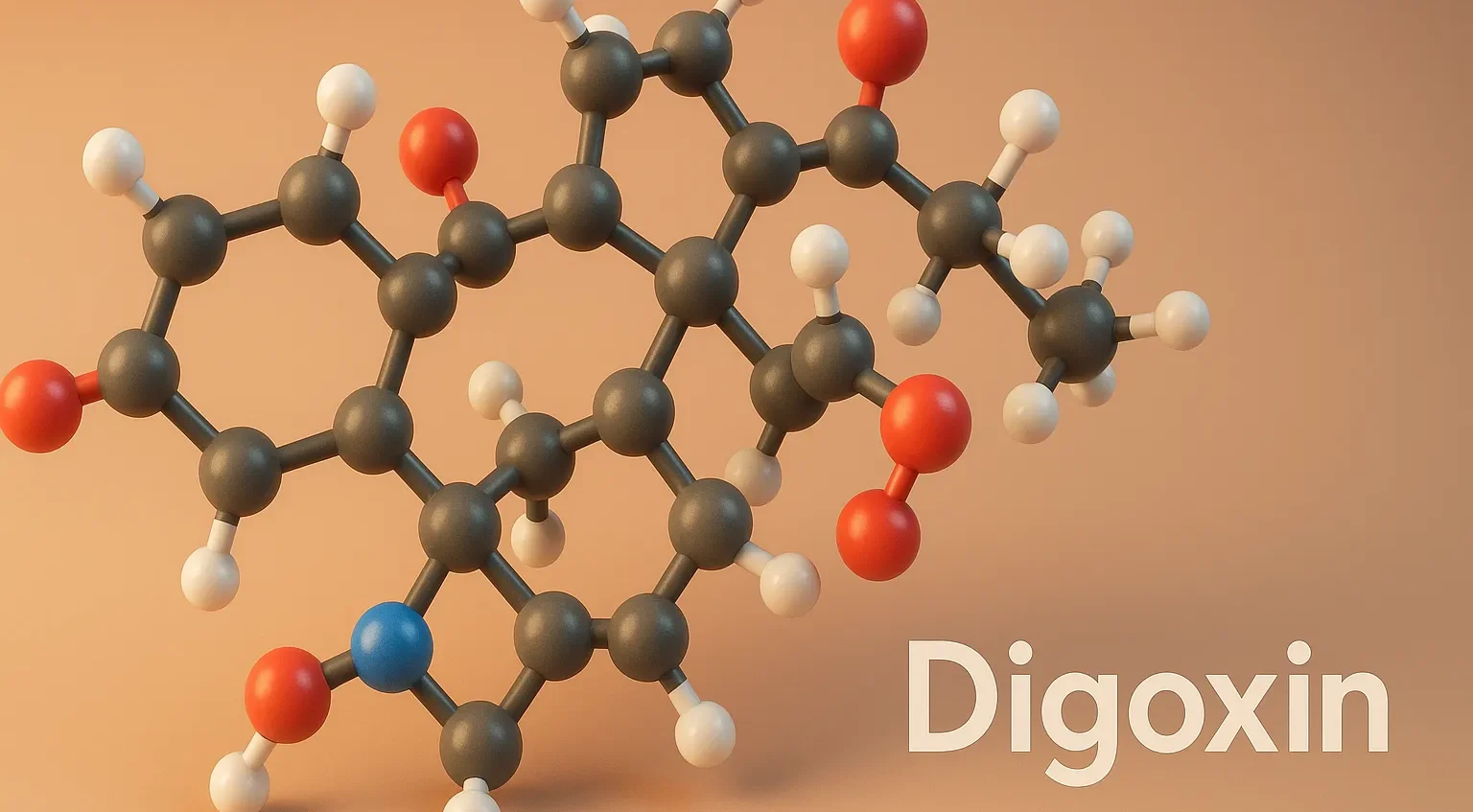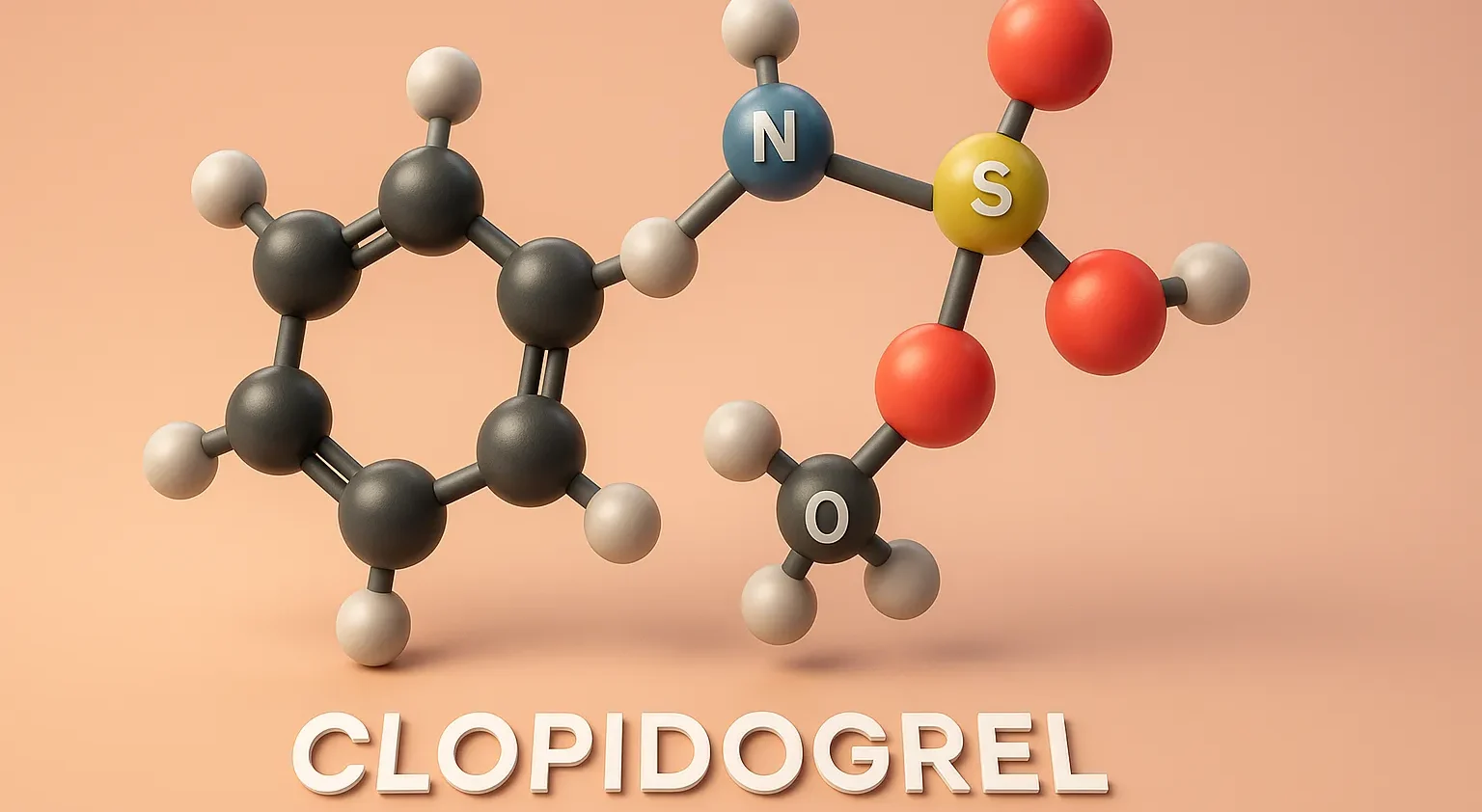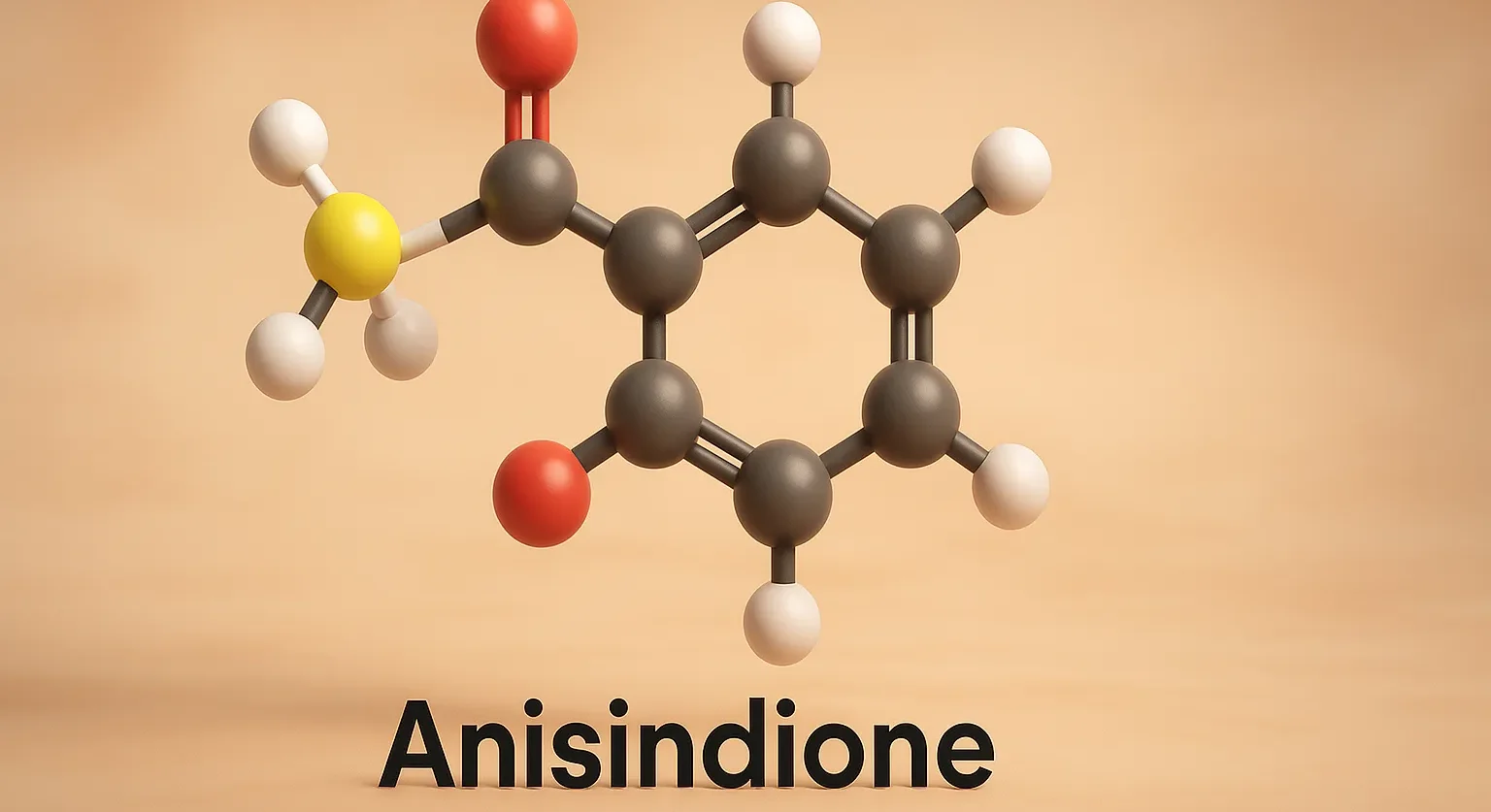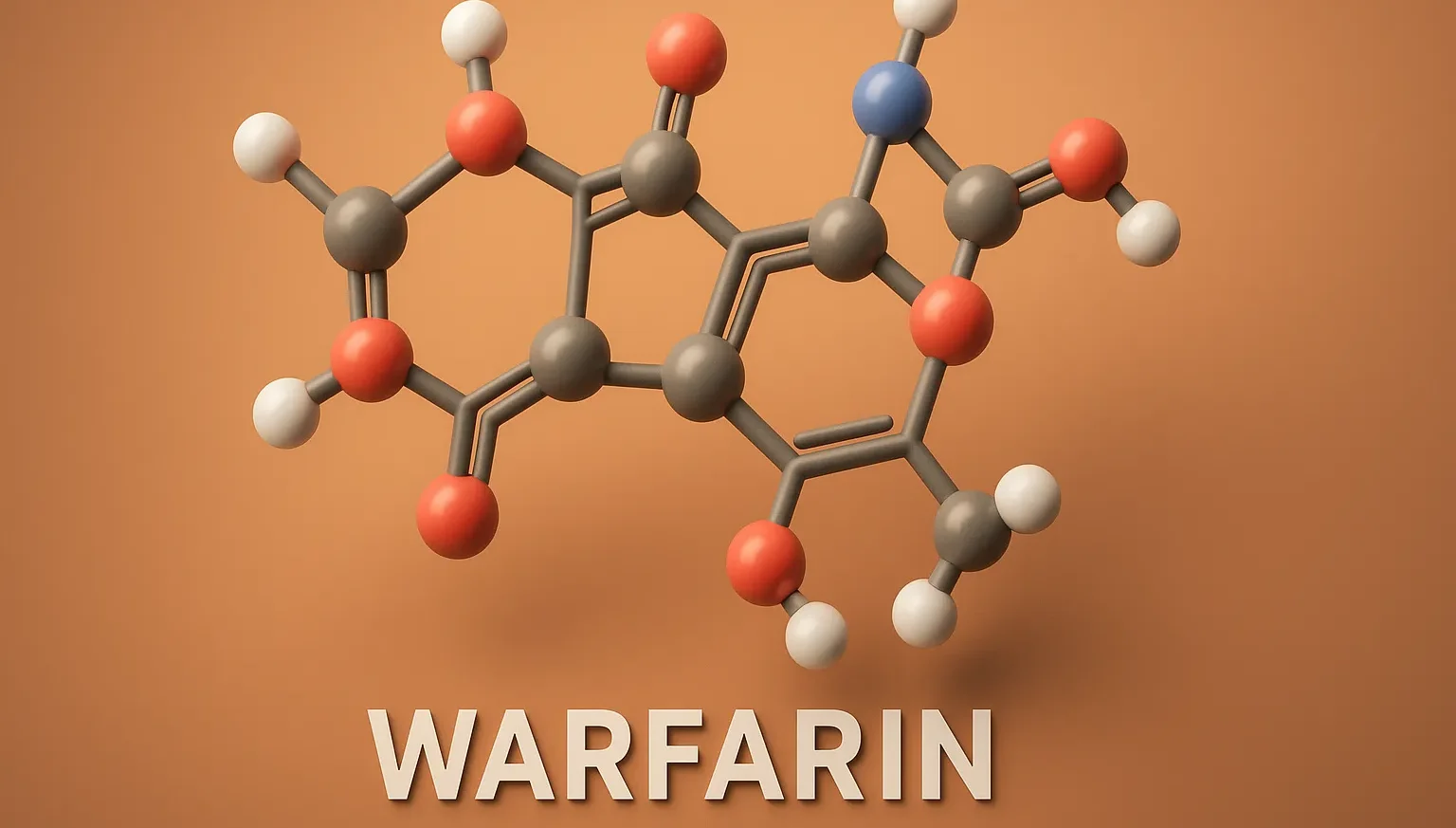Digitoxin
Digitoxin is a cardiac glycoside that treats CHF by improving heart pumping efficiency and controlling heartbeat. Structure of Digitoxin Digitoxin is a cardiac glycoside similar to digoxin but with a longer half-life due to fewer hydroxyl groups on the steroid nucleus. Chemical Formula: C₄₉H₇₄O₁₉ Mode of Action Na⁺/K⁺-ATPase Inhibition: Similar to digoxin, inhibits the sodium-potassium … Read more

